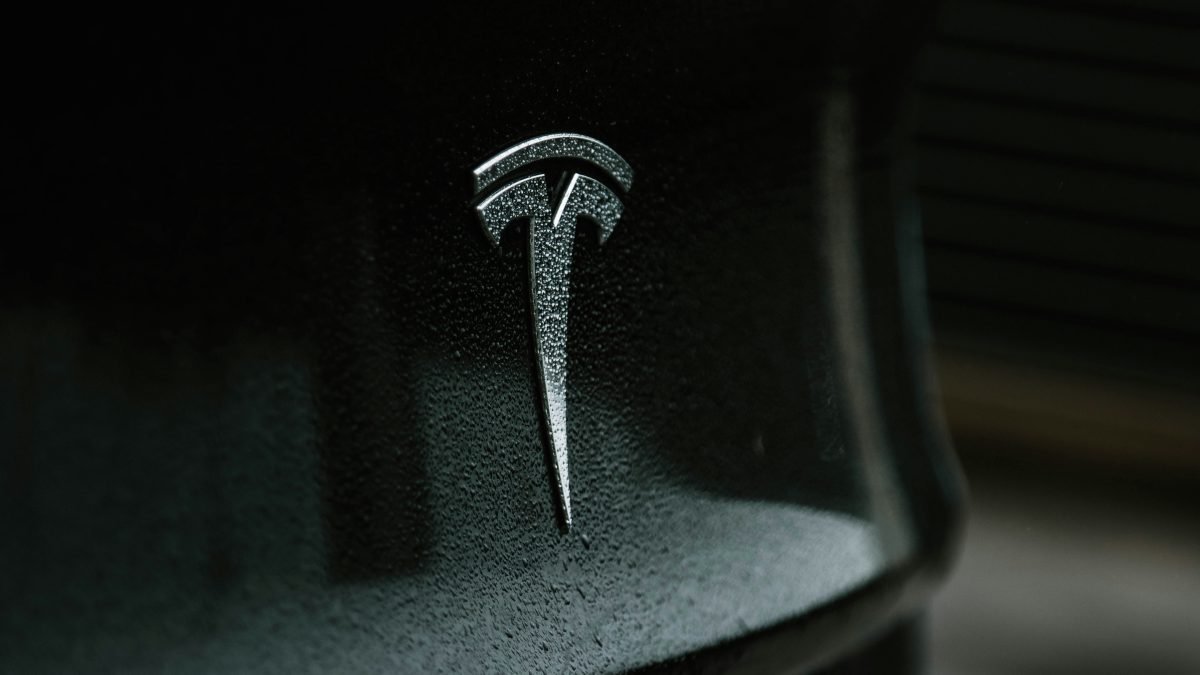A newly uncovered email from Tesla’s president, Jon McNeill, has become a focal point in a California wrongful-death lawsuit, shedding light on the company’s awareness of potential misuse of its Autopilot system. The email, dated six weeks before the first fatal U.S. accident involving Autopilot in 2016, details McNeill’s positive experience with the system, raising questions about driver attention and responsibility.
Plaintiffs’ lawyers in the upcoming San Jose trial referred to McNeill’s email during a deposition, using it to question whether Tesla knew that drivers might not maintain focus on the road while using its driver-assistance system. The case, scheduled for the week of 18 March, involves a fatal crash in March 2018 and represents a significant legal challenge to Tesla’s insistence that Autopilot is safe when drivers adhere to guidelines.
The email highlights McNeill’s comfort under Autopilot, noting that he became so immersed in emails and calls that he missed exits, emphasising the potential for drivers to become complacent. This revelation is expected to play a crucial role in determining whether Tesla had a duty to design the system in a way that prevented foreseeable misuse, according to legal experts.
The San Jose case includes testimony from Tesla witnesses indicating that, before the 2018 accident, the automaker did not study how quickly drivers could regain control if Autopilot veered towards an obstacle. One witness disclosed that Tesla waited until 2021 to implement a system monitoring drivers’ attentiveness with cameras, raising concerns about the delay in addressing safety measures.
The lawsuit involves the tragic death of Apple engineer Walter Huang, with Tesla contending that Huang misused the Autopilot system by playing a video game before the crash. Lawyers for Huang’s family are challenging Tesla’s understanding of how drivers, including its own president McNeill, might deviate from recommended usage and what steps the company took to safeguard them.
Legal experts anticipate that this case could be the most significant test of Tesla’s safety claims regarding Autopilot, particularly if it is proven that the company was aware of potential misuse. While Tesla has won previous trials by arguing driver negligence, the plaintiffs’ strategy may set a precedent for other lawsuits against the automaker, which currently faces at least a dozen suits, eight of them involving fatalities.
As the trial approaches, questions linger about whether Tesla adequately studied drivers’ ability to regain control and the effectiveness of the camera monitoring system introduced in 2021. With the National Highway Traffic Safety Administration (NHTSA) examining hundreds of crashes involving Autopilot and a federal criminal probe underway, Tesla’s Autopilot safety claims face heightened scrutiny, potentially reshaping the future of autonomous vehicle regulations and accountability.

